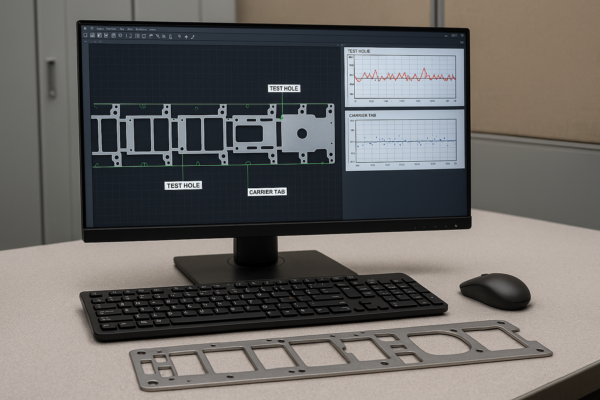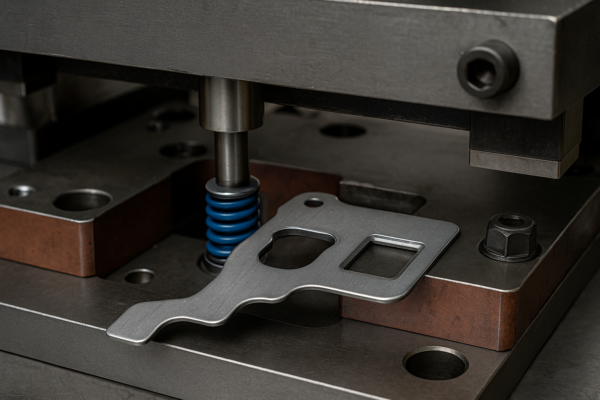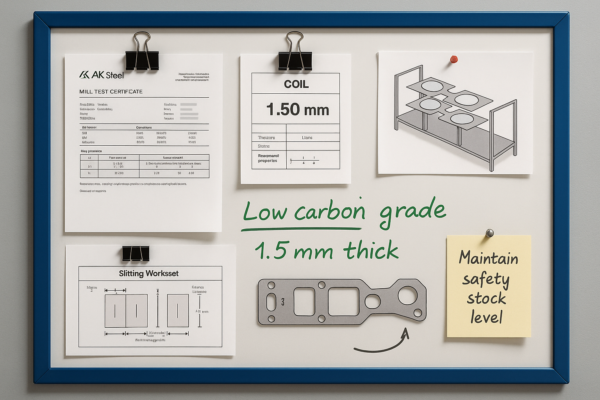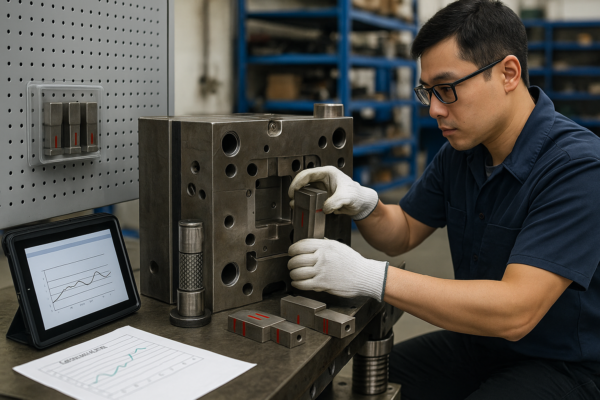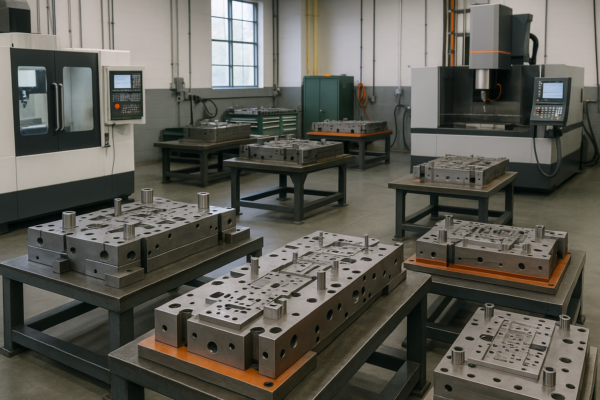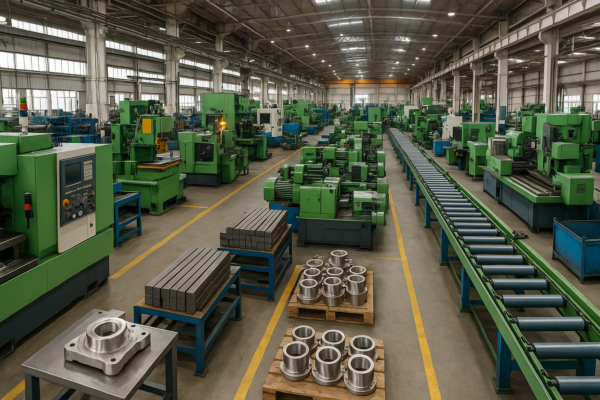What is an injection molding process?
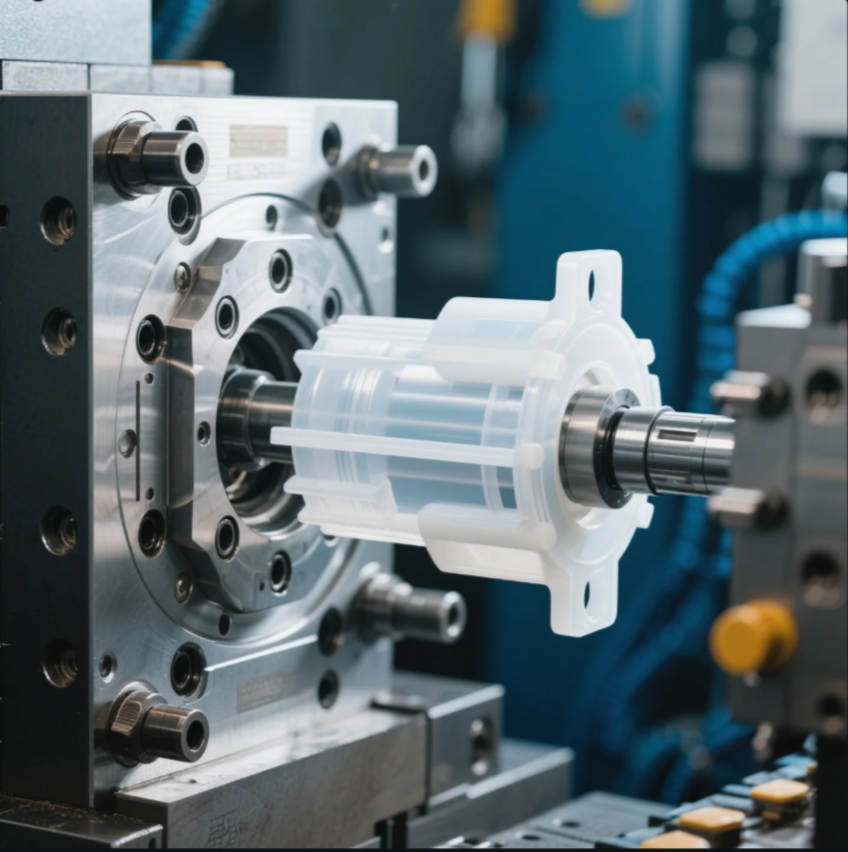
Mass-producing plastic parts requires speed, precision, and consistency.
Injection molding is a manufacturing process that injects molten plastic into a mold cavity to form complex shapes quickly and accurately.
It’s widely used for producing high-volume plastic components in automotive, electronics, packaging, and consumer goods.
What are the 4 stages of injection molding?
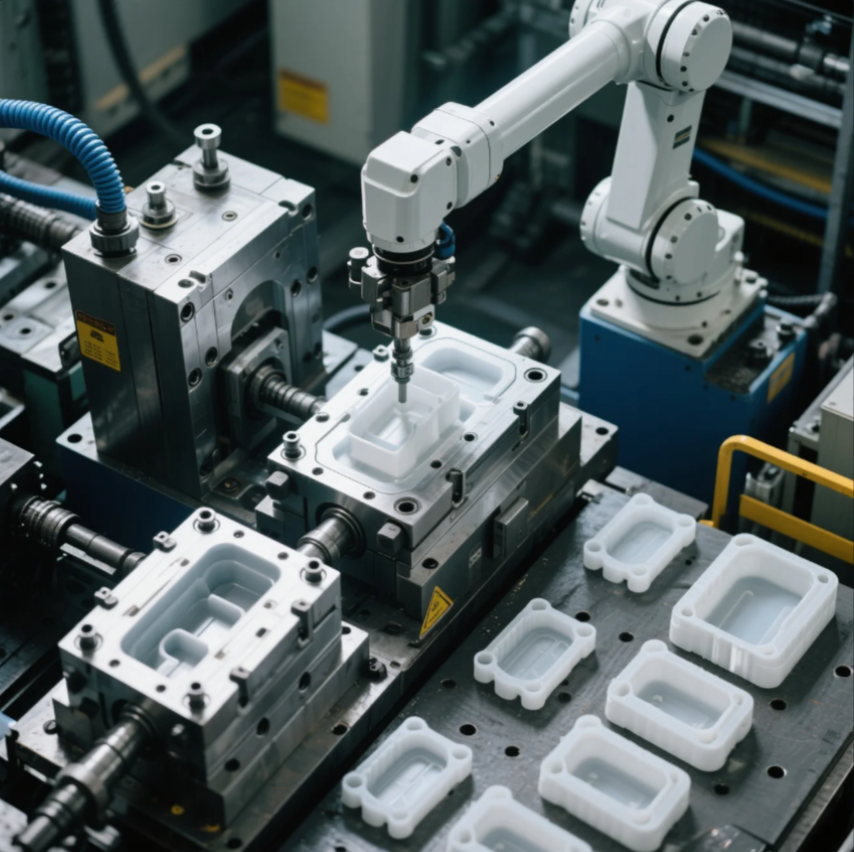
The process looks simple—but each stage plays a critical role in quality.
The four main stages of injection molding are clamping, injection, cooling, and ejection.
Each must be timed and controlled precisely to avoid defects and ensure part accuracy.
The 4 Stages of Injection Molding
| Stage | Description |
|---|---|
| Clamping | Mold halves close tightly to form a sealed cavity |
| Injection | Molten plastic is forced into the mold under pressure |
| Cooling | Plastic solidifies into the mold shape |
| Ejection | Mold opens and the part is pushed out |
At Prime, we ensure every custom plastic part is formed with proper cycle control, minimizing warping and maximizing dimensional stability.
What is standard injection molding process?
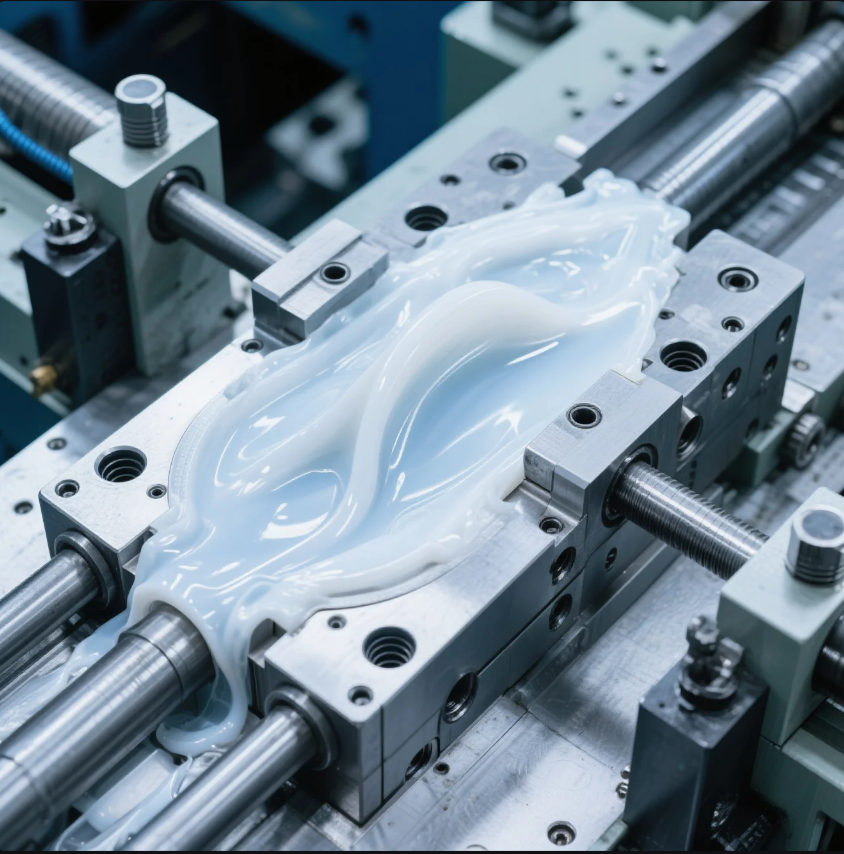
From phone cases to car interiors, the process remains mostly the same.
The standard injection molding process involves heating plastic pellets, injecting them into a closed mold, cooling the molded part, and ejecting it after solidification.
It works best for thermoplastics like ABS, polypropylene, and nylon.
Standard Injection Molding Workflow
- Plastic pellets loaded into hopper
- Heated and melted in barrel
- Molten plastic injected into mold
- Cooled inside the mold cavity
- Part ejected after solidification
- Cycle repeats for next part
At Prime, our precision injection molding services are optimized for repeatability and cost-efficiency—ideal for OEM plastic components or engineered enclosures.
What is an example of injection molding?
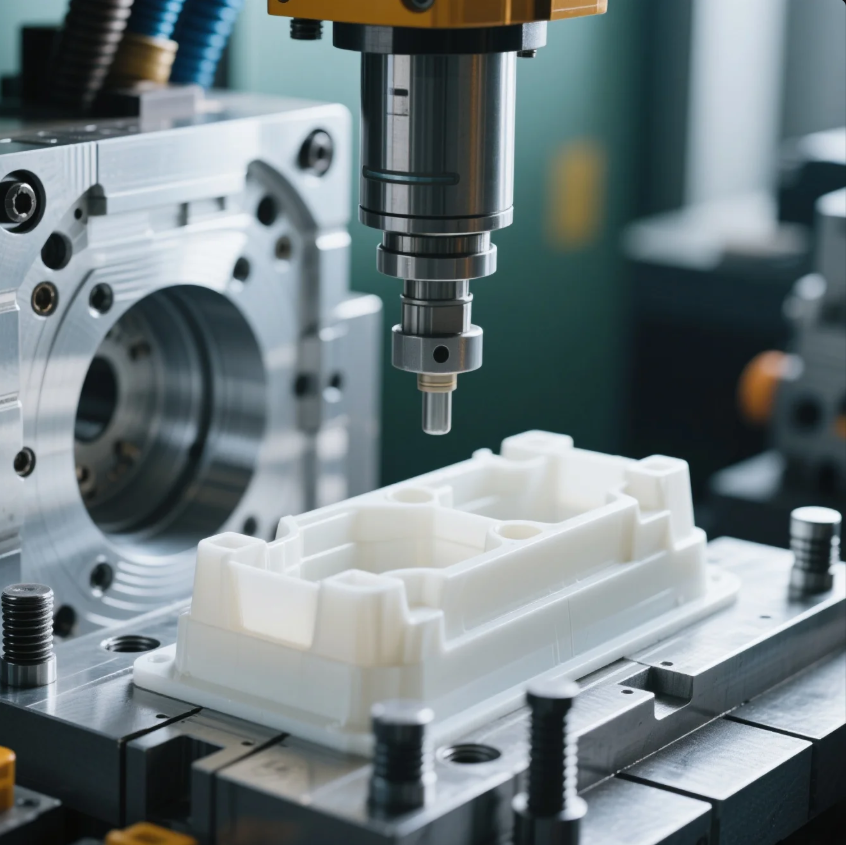
You likely use injection-molded products every day—without realizing it.
An example of injection molding is a plastic bottle cap. It’s made by injecting molten resin into a steel mold shaped like the cap.
Other common examples include remote control housings, automotive dashboards, and medical containers.
Common Injection-Molded Products
| Product | Industry Use |
|---|---|
| Bottle caps | Beverage packaging |
| Tool handles | Hardware and hand tools |
| Electronic housings | Consumer electronics |
| Plastic brackets | Automotive interior panels |
At Prime, we produce custom plastic parts with tight tolerances and smooth finishes, ensuring every piece fits and functions as required.
How to injection mold plastic?
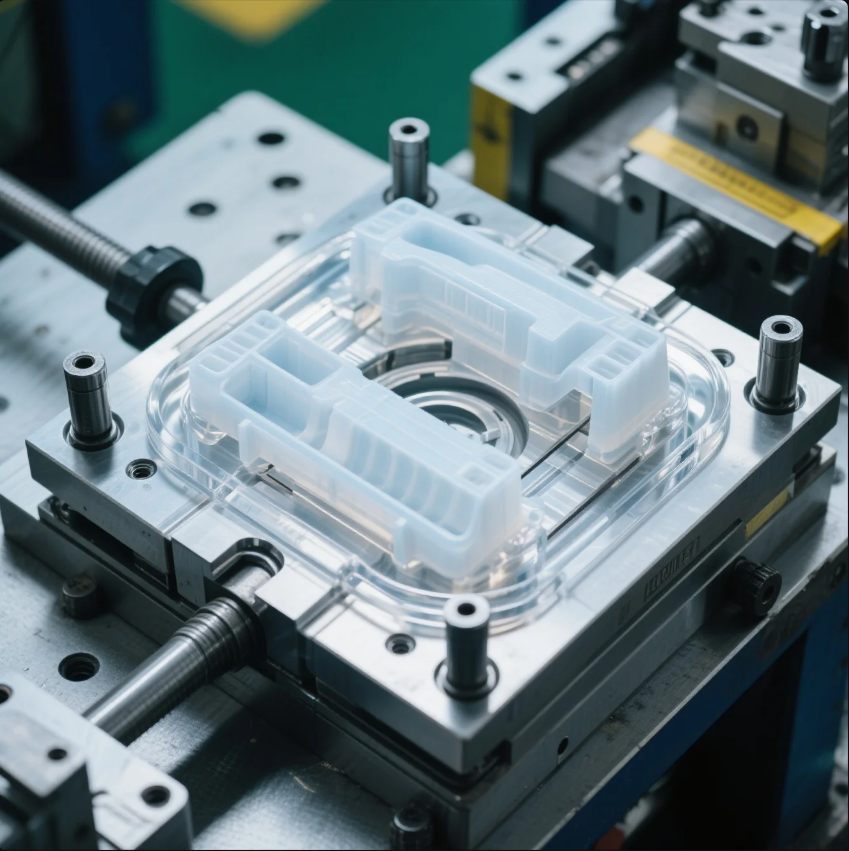
Getting started with plastic molding takes proper setup, material choice, and process control.
To injection mold plastic, you need a molding machine, a mold, and a thermoplastic resin. The resin is melted, injected into the mold, cooled, and released.
Every step must be optimized for cycle time, material flow, and dimensional accuracy.
Steps to Injection Mold Plastic
- Design or choose a mold cavity
- Select the right plastic material
- Load resin into hopper and preheat
- Inject into mold under pressure
- Cool and solidify the part
- Open mold and eject the component
We offer turnkey plastic molding services at Prime, supplying high-volume runs of custom-engineered plastic parts for clients across North America, Europe, and the Middle East.
Conclusion
Injection molding creates accurate plastic parts by injecting molten resin into a mold—fast, efficient, and repeatable.
Contact Prime today for custom injection molding services, fast lead times, and ISO-certified production. With 20+ years of experience, 10 advanced production lines, and full-service engineering, we deliver high-quality plastic components tailored to your industry needs.

